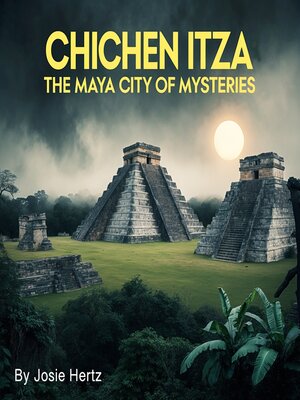
Sign up to save your library
With an OverDrive account, you can save your favorite libraries for at-a-glance information about availability. Find out more about OverDrive accounts.
Find this title in Libby, the library reading app by OverDrive.



Search for a digital library with this title
Title found at these libraries:
| Library Name | Distance |
|---|---|
| Loading... |
This audiobook is narrated by a digital voice.
In the heart of Mexico's Yucatan Peninsula, where limestone plains stretch endlessly beneath a tropical sky, lies one of the ancient world's most extraordinary archaeological sites. Chichen Itza, whose name translates to "At the mouth of the well of the Itza," stands as a testament to the remarkable achievements of Maya civilization and represents one of humanity's greatest architectural and astronomical accomplishments. This sacred city, which flourished for over a millennium, emerged from humble beginnings around 600 CE to become the most powerful and influential center in the northern Maya lowlands, attracting pilgrims, traders, and scholars from across Mesoamerica.
The origins of Chichen Itza can be traced to the broader context of Maya civilization, which had been developing sophisticated urban centers, writing systems, and astronomical knowledge for over a thousand years before the first stones were laid at this site. The Maya had already established magnificent cities like Tikal, Palenque, and Copán in the southern lowlands, creating a complex network of city-states that engaged in trade, warfare, and cultural exchange across vast distances. However, by the late Classic period, many of these southern centers were experiencing decline, setting the stage for the rise of new powers in the northern Yucatan.
The choice of location for Chichen Itza was influenced by several crucial factors that would shape the city's development and success. The site sits atop a vast network of underground rivers and cenotes, natural sinkholes that provided access to freshwater in a region where surface water is scarce. These cenotes were not merely practical water sources but held profound religious significance for the Maya, who believed them to be gateways to the underworld and dwelling places of the rain god Chaac.







